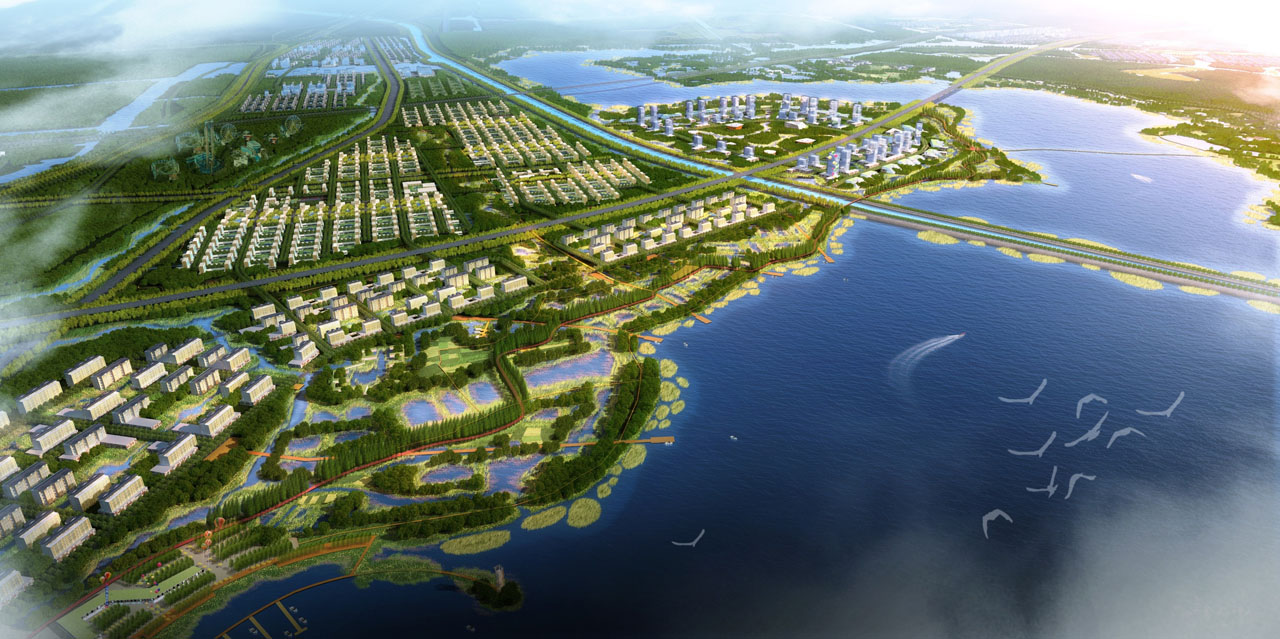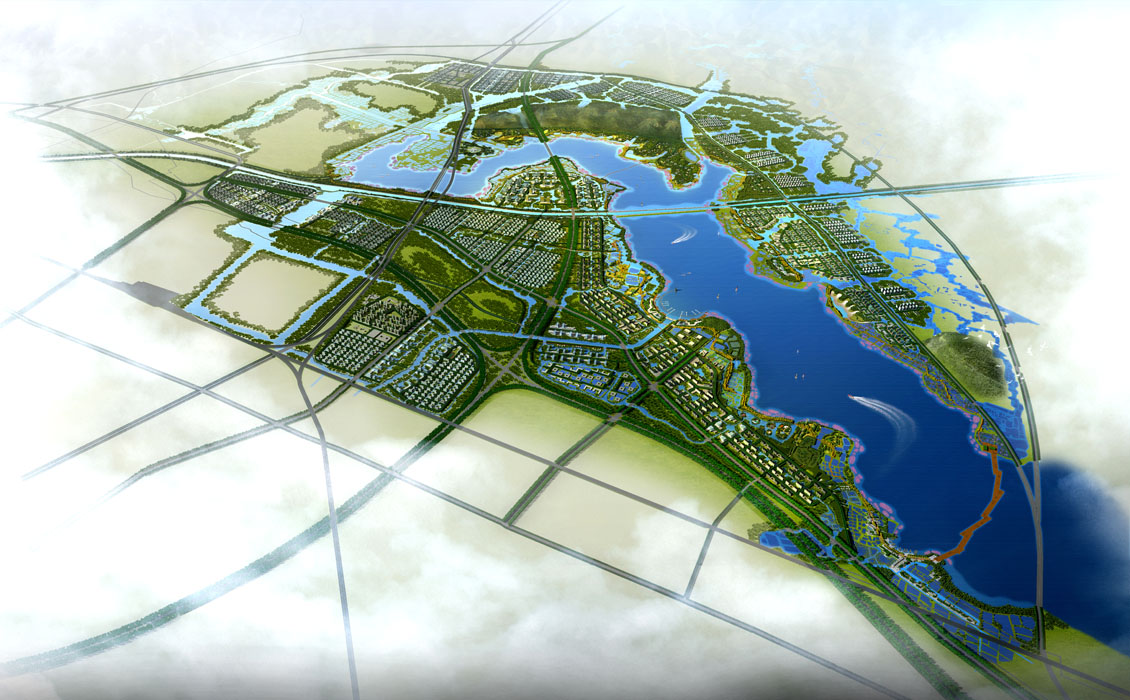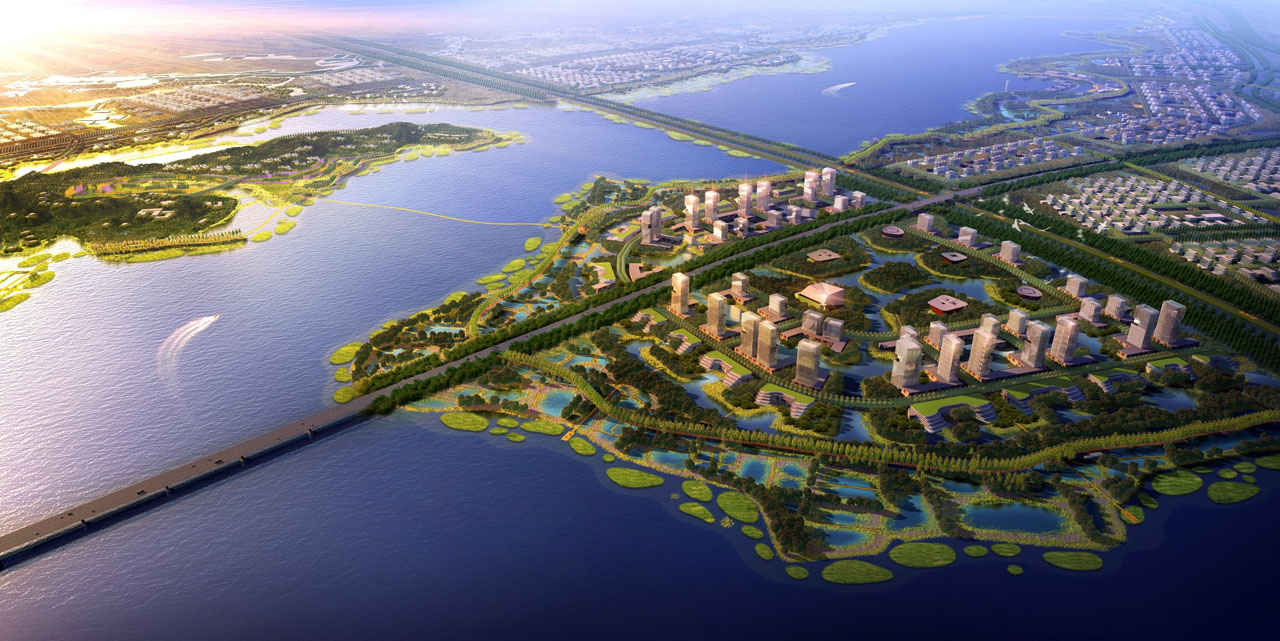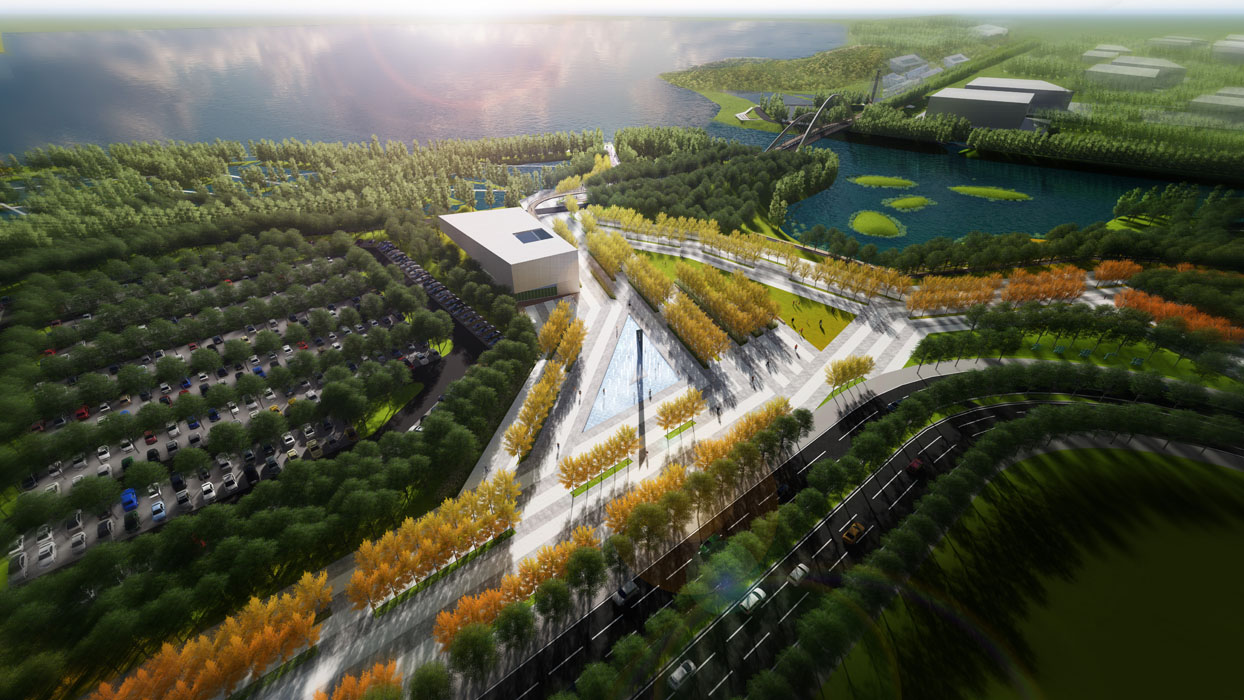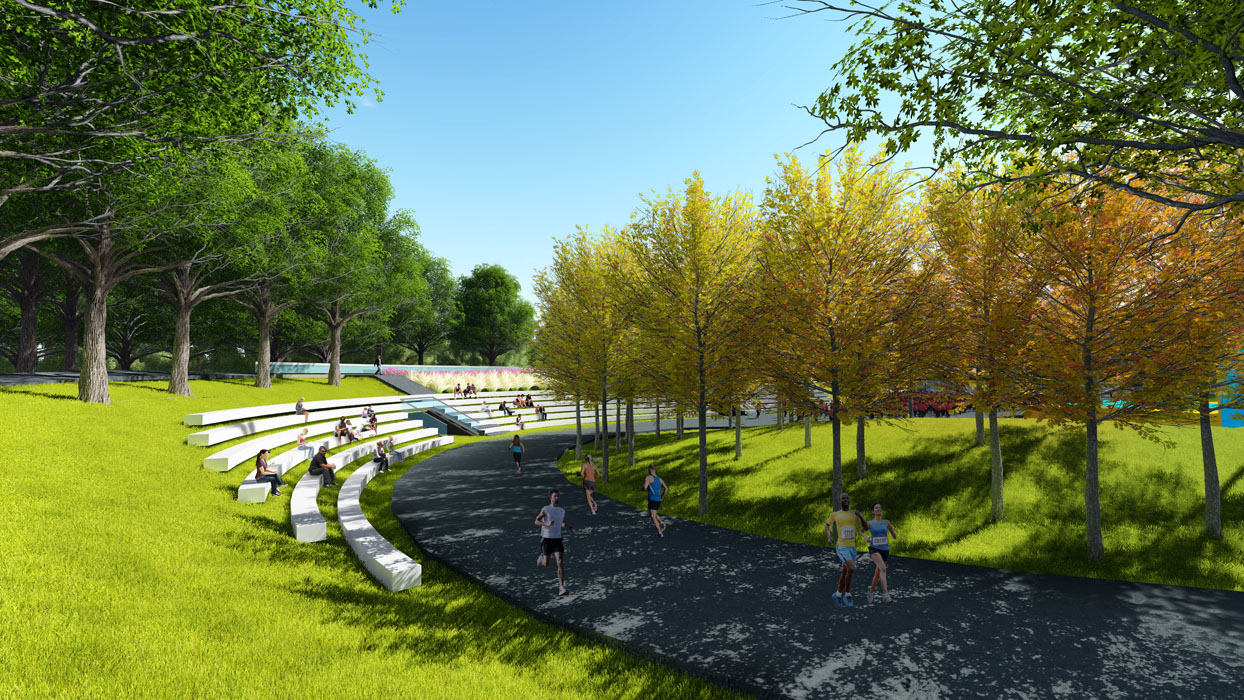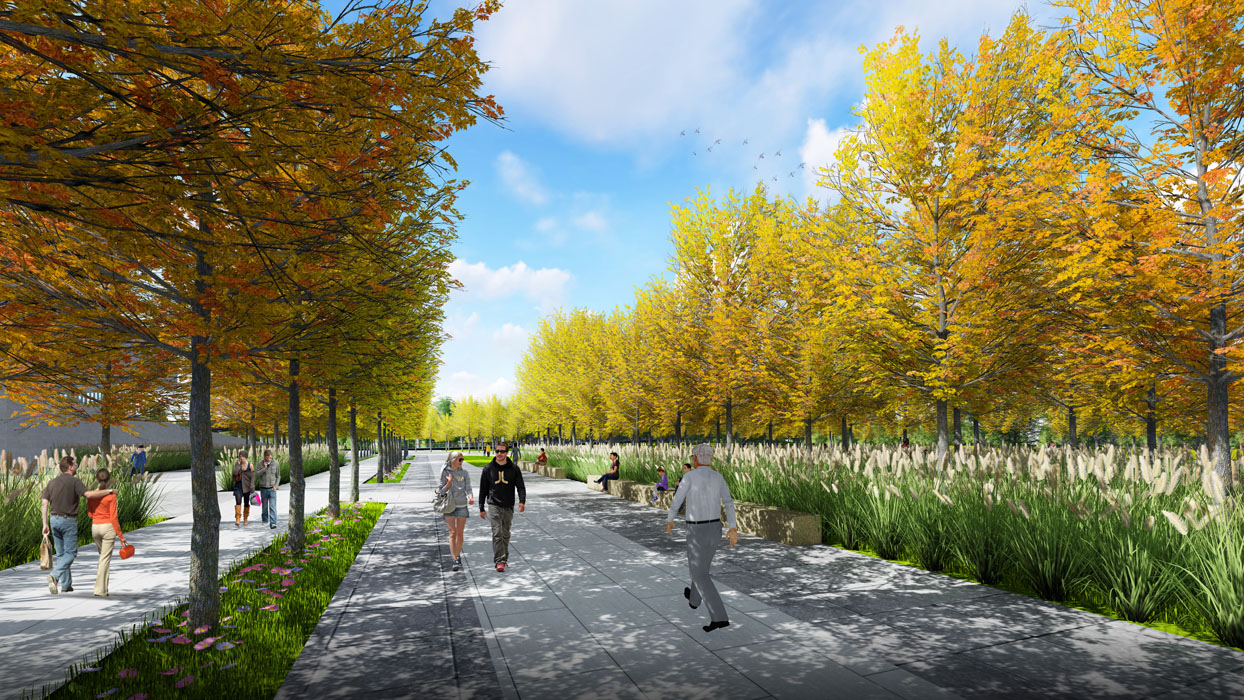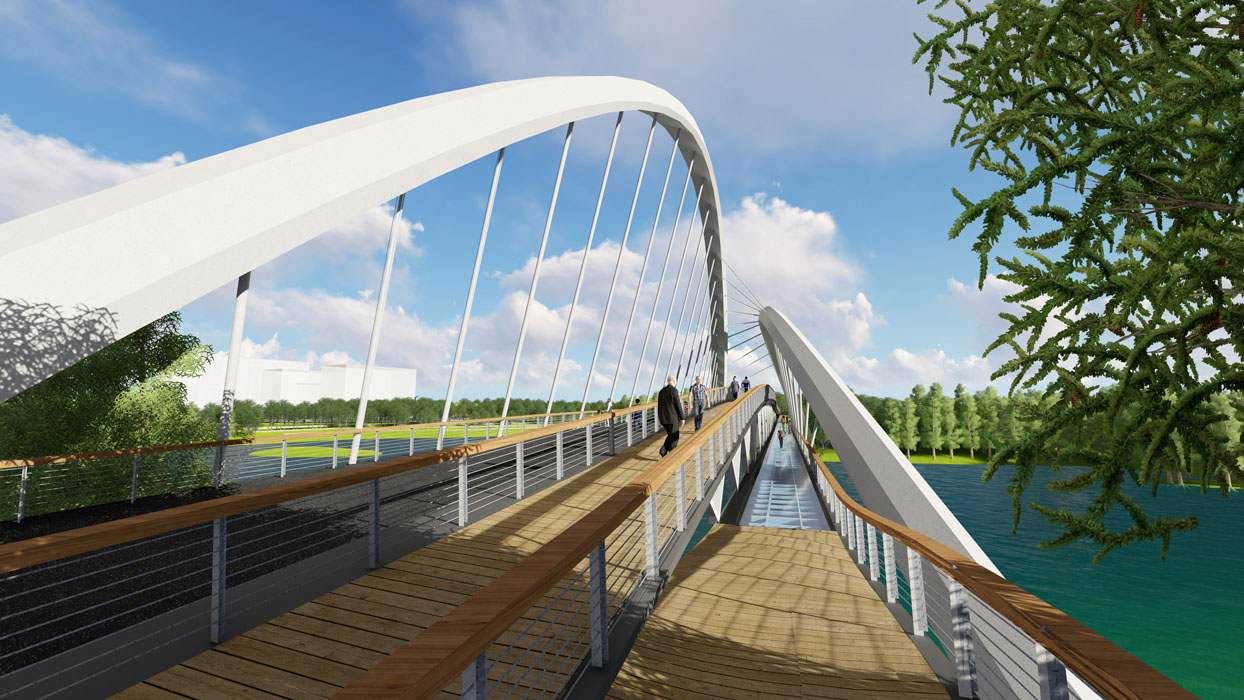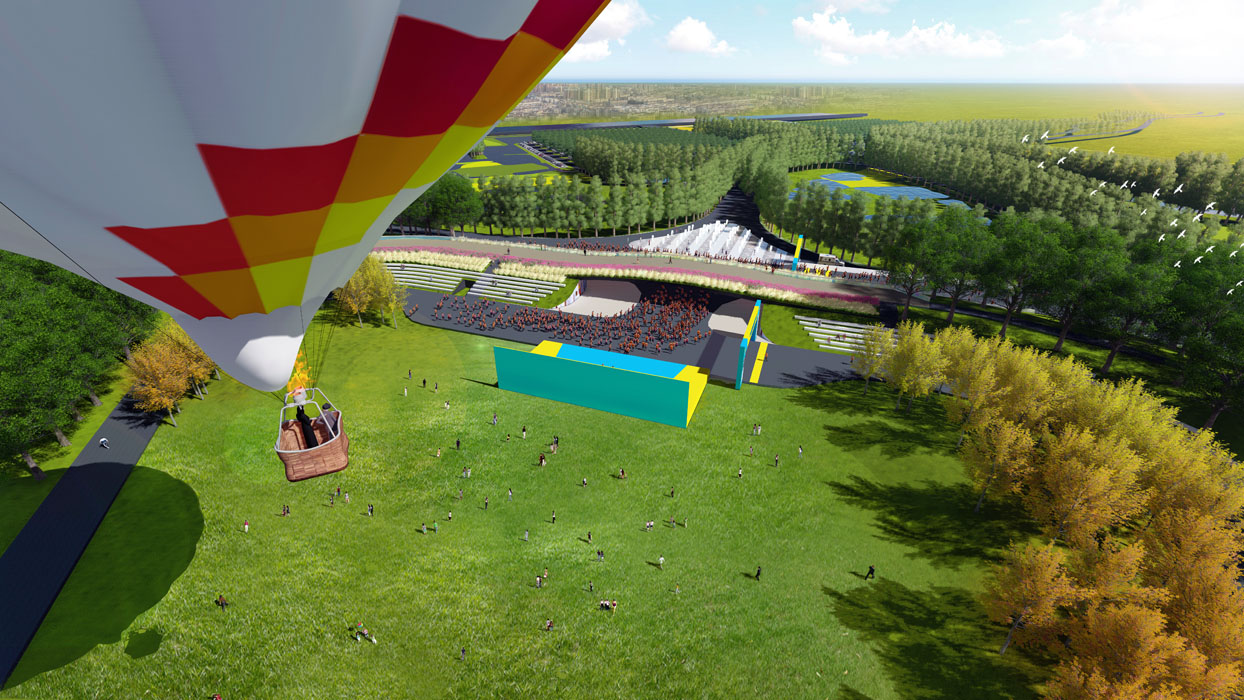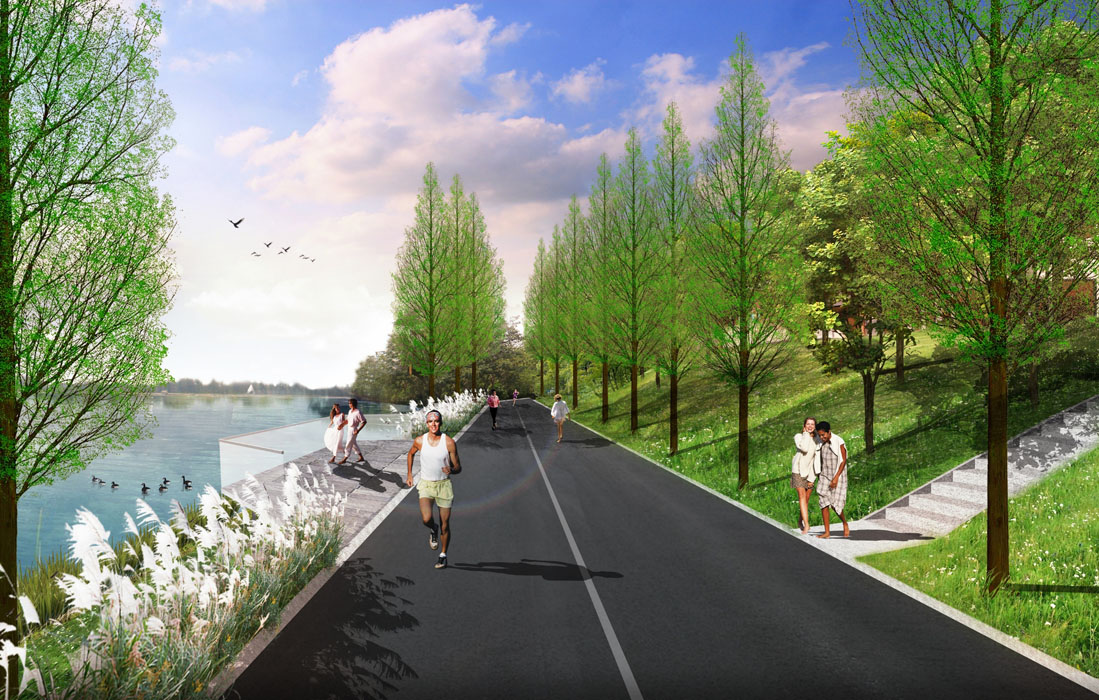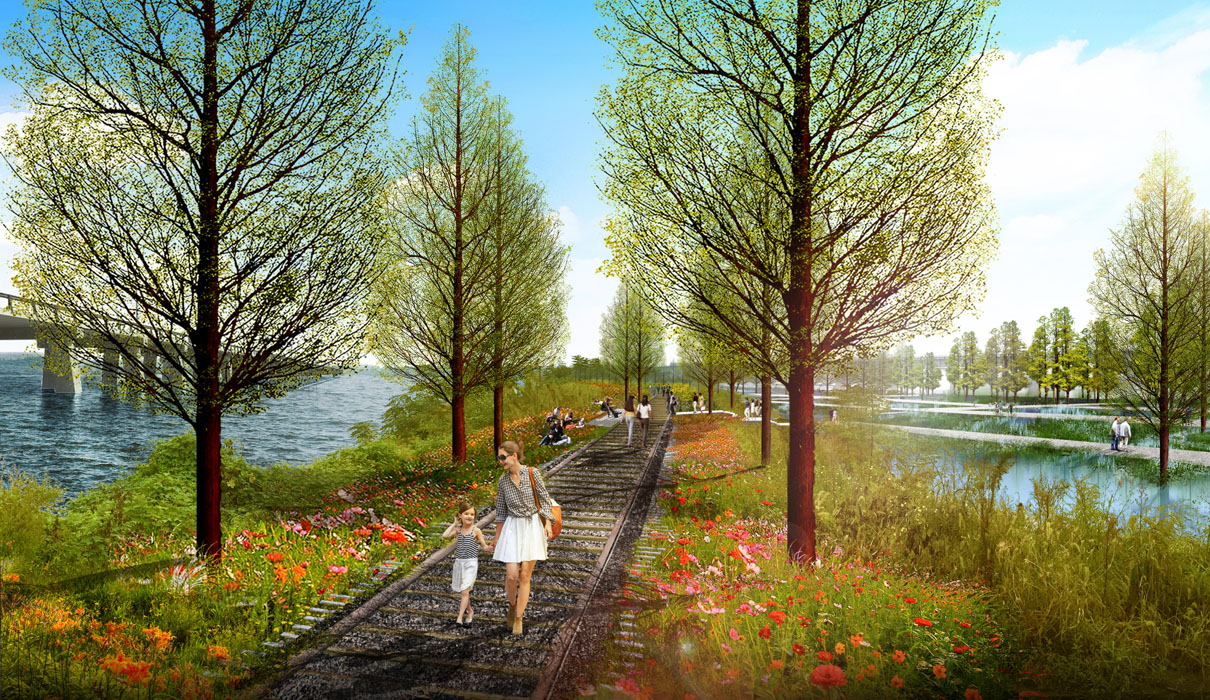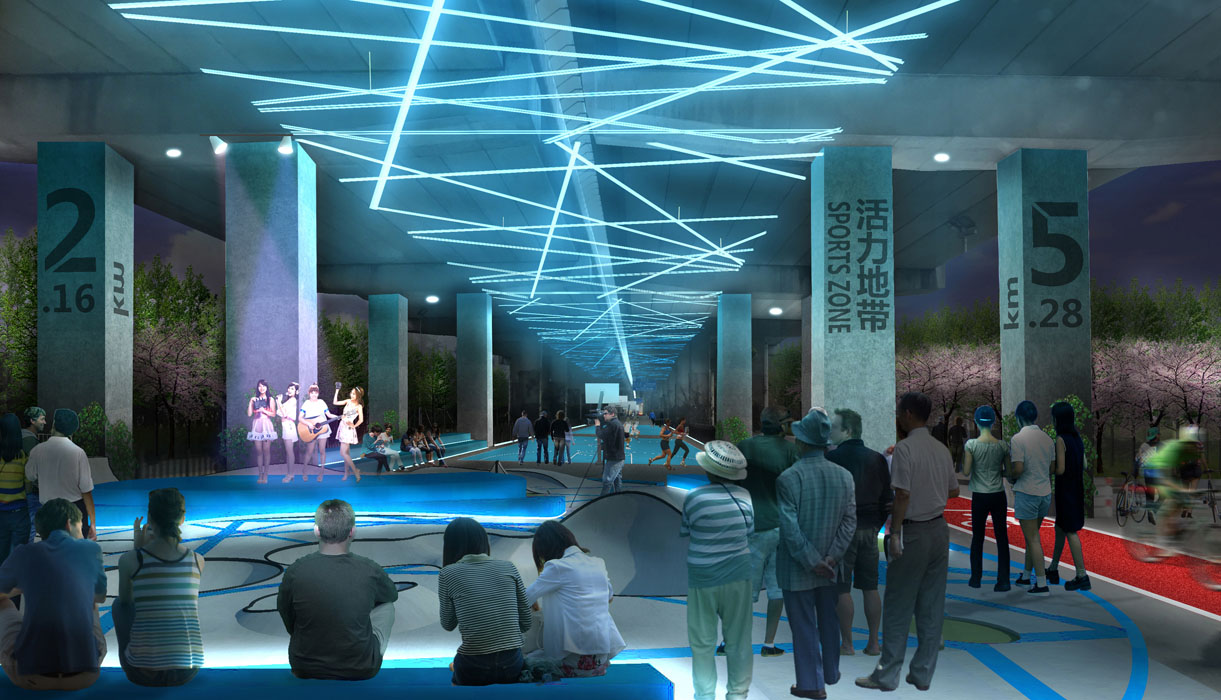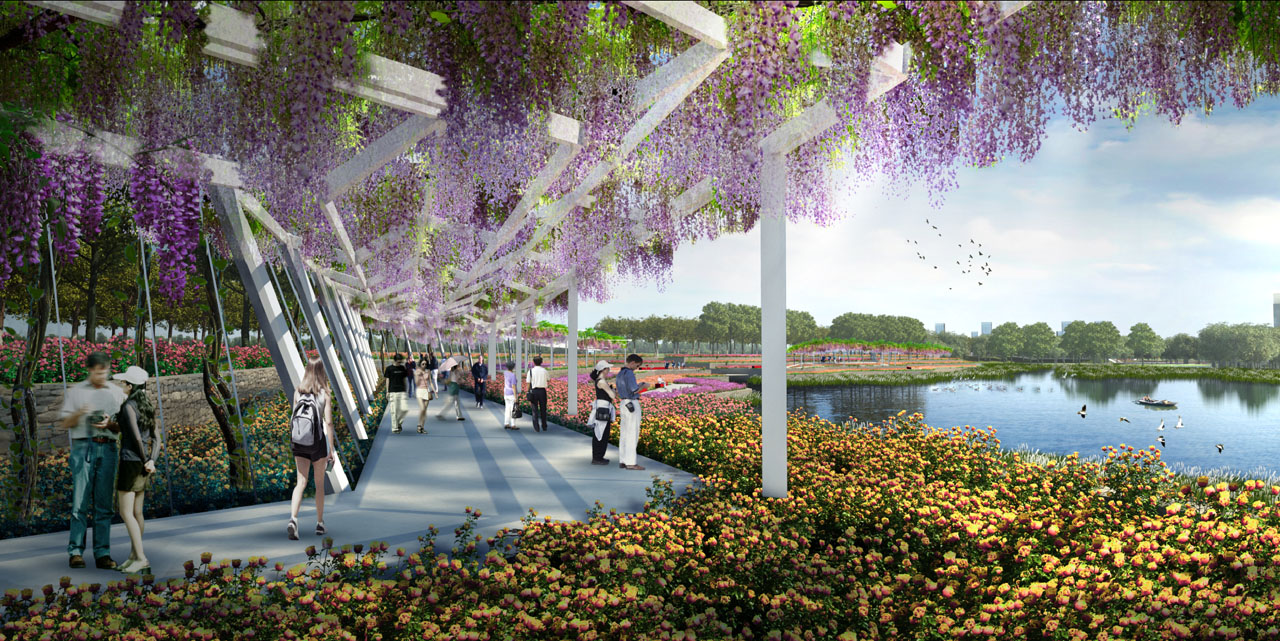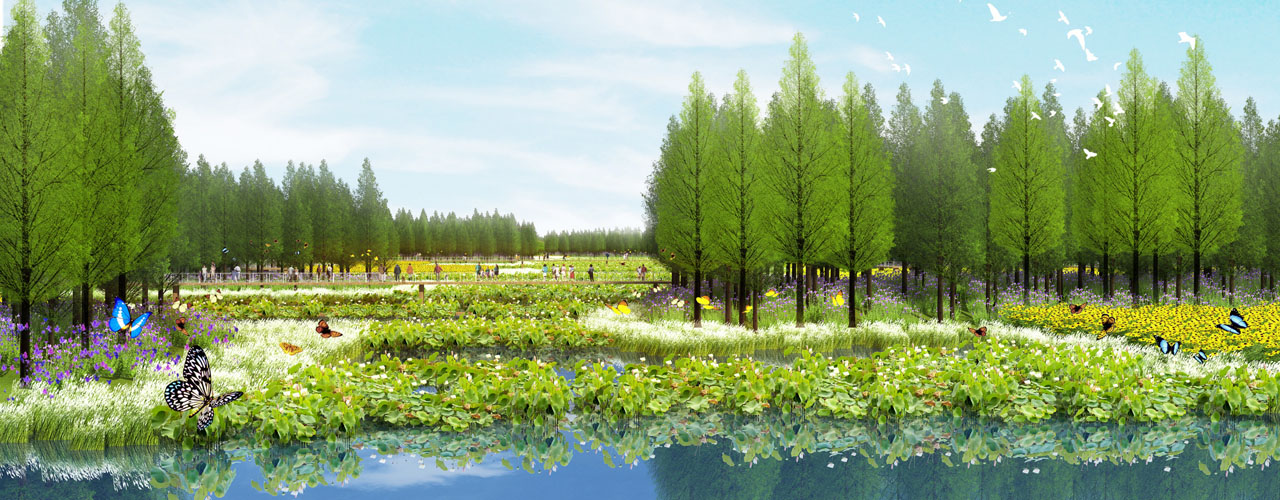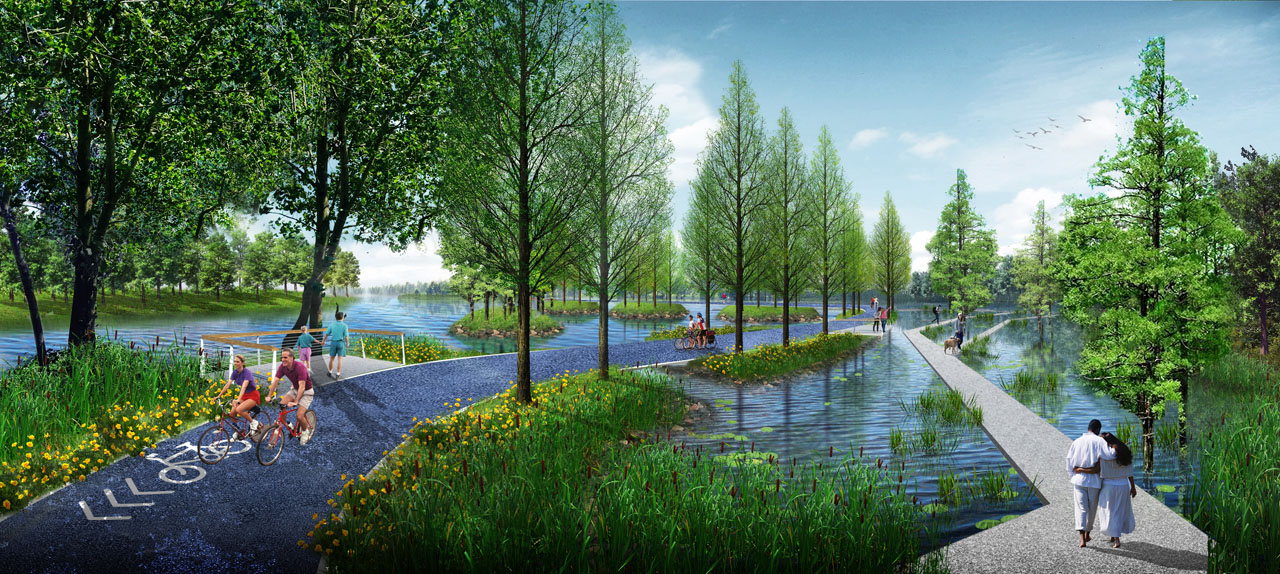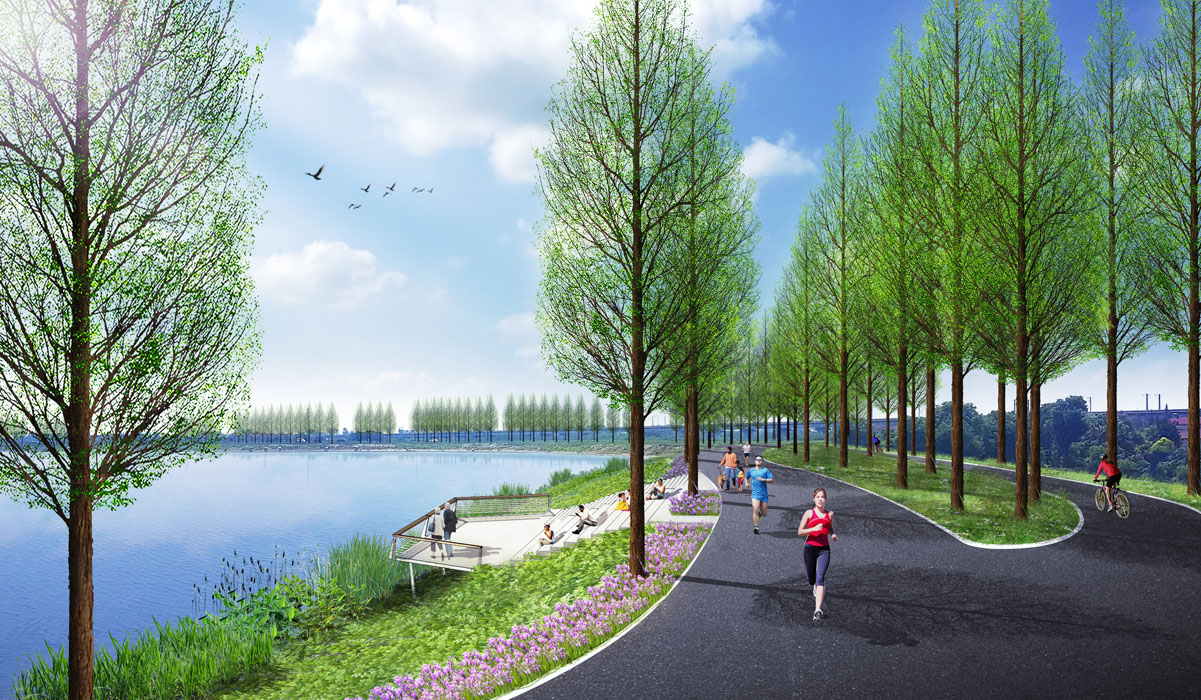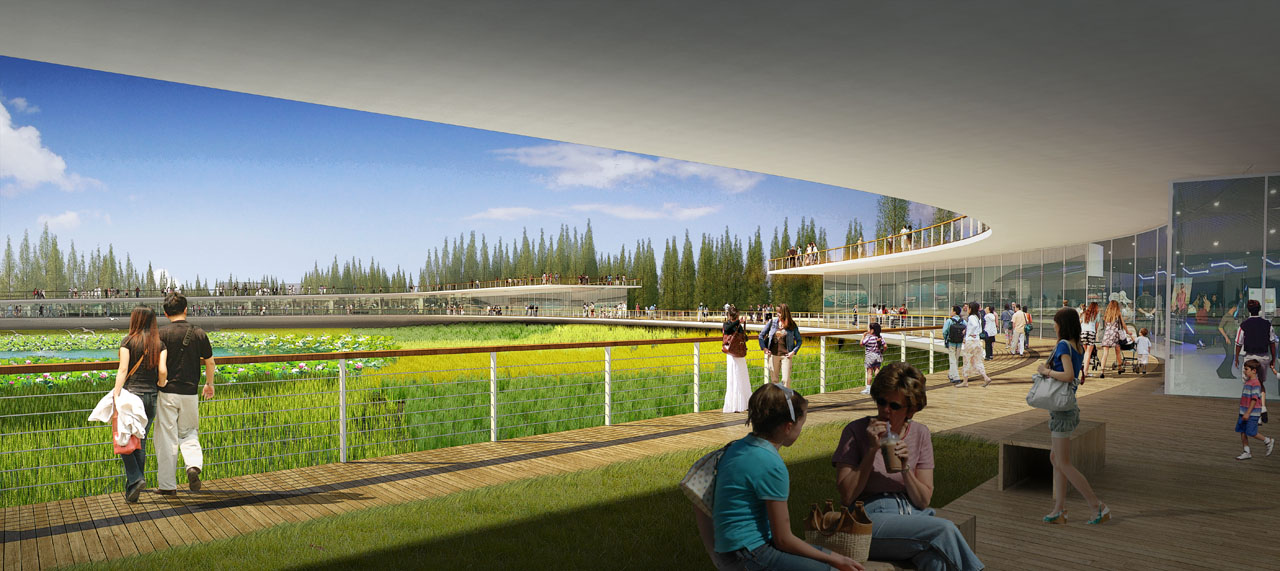Jingzhou Jinan Ecological and Cultural Tourism Area Planning
Project Information
- Project Location:
- China Jingzhou, Hubei
- Project Scale:
- 173 Square Kilometers
- Design Time:
- March 2016
Project Profile
1. Project Statement
The project is located in the northern part of Jingzhou city in Hubei Province. The future development of the ancient city, Shashi, and Jinan Cultural Tourism Area will form a tripartite structure, expanding from riverside development to the development around Changhu Lake. The Taihu Port serves as the water connection between these areas and is the main development axis for the "Jingzhou to the North" initiative. The plan leverages Changhu Lake, integrating the development of Jinan Town and Yingcheng Town to create the Jinan Ecological Cultural Tourism Area. The goal is to establish a new urban area that meets national standards for large-scale site protection, cultural industry demonstration, coordinated urban-rural development, all-region tourism, ecological civilization, and international ecological demonstration cities (China-Germany, China-France).
2. Objective and Challenge
Located upstream in the Four Lakes Basin, Jingzhou nurtures the fertile Jianghan Plain, with Changhu Lake being the third largest freshwater lake in Hubei Province, known as the "Hundred-mile Long Lake." The site is rich in river networks and water systems, with water surfaces covering up to 35% in some areas. The primary planning challenge is restoring the lake's ecosystem and addressing flood control and drainage issues.
Jingzhou has a rich historical and cultural heritage, being the political, economic, and cultural center of southern China during the Spring and Autumn and Warring States periods due to the Chu State's capital being located here. The site carries the glory of the Chu State's most prosperous 200 years, fostering the brilliant Chu culture and leaving abundant underground relics, mainly cultural sites. The focus of the plan is how to display this profound historical culture, explore unique site protection models for Jinan, and demonstrate the significance of the only national large-scale site protection area in southern China.
The planning area is intersected by highways, oil and gas pipelines, and large water diversion canals. Transforming these disadvantages into features, coordinating urban space, and creating a compact and livable urban environment are key aspects of the planning.
Leveraging the excellent natural ecological resources, distinctive historical and cultural deposits, and future urban development trends, the plan aims to integrate industrial space and achieve urban-industry integration.
3. Design Strategy
3.1 Flexible Ecological Foundation: Constructing a resilient ecological foundation for a sponge city. Jingzhou faces severe rainfall challenges, including frequent small-scale rainfall causing water accumulation and non-point source pollution, concentrated heavy rainfall causing drainage difficulties and urban flooding, and large-scale regional flood disasters. The plan constructs a multi-level sponge system from "source" to "flow" to "confluence" to retain rainwater and slow down water flow.
- Source: Increase rainwater control units, balancing with existing ponds to form a "branch-shaped" source control system.
- Flow: Restore natural river channels to slow water flow, forming a "bead-string" midstream retention system.
- Confluence: Build a compound flood control system, forming an ecological flood control and purification system.
- Protection: "Patch + Corridor" (Long vine with melons) mode, ensuring complete site environment protection and optimal visiting experience, integrating diverse landscape resources such as sites, farmland, and wetlands.
- Development: Development plots equally enjoy cultural and landscape resources from protection investments, enhancing plot value.
- Construction: Flexible coordination of national archaeological site park construction and site network system, with service facilities relying on pedestrian paths to minimize construction damage to the site. Infrastructure and supporting constructions do not conflict with site protection.
- Operation: The site network serves as the core brand, with a "large scenic area" mode integrating various resources like sites, lakes, wetlands, farmlands, and scenic spots.
3.3 Landscape and Transportation Guiding Urban Development: The plan leverages the lake-ring road, waterscape avenue, and lakeside pedestrian ring to ensure the best landscape for development land while increasing the total developable area. Creating Jinan Water City with a narrow road and dense network urban mode, the plan aims to form a demonstration new district with a dense road network and small blocks. The small block construction model develops ecological and livable plots, accommodating diverse building types and defining continuous pedestrian street interfaces with active uses on street-facing sides.
3.4 Urban-Industry Integration for a Vibrant City: The plan clarifies the industrial direction based on regional resources and Jingzhou’s urban needs, forming an integrated industrial system of culture, creativity, tourism, leisure, conferences, and education. Three major industrial sectors are emphasized to achieve perfect integration of urban functions and industrial roles in the new district.
4. Conclusion
The planning and construction of Jingzhou Jinan Ecological Cultural Tourism Area have extensive driving and demonstration significance for Jingzhou and Hubei Province. The new district's construction centers around Changhu Lake, adopting a ring-layer development structure. The lakeside central ecological park is surrounded by waterfront urban development plots, major urban roads, urban development clusters, and large areas of farmland and conservation wetlands. Ecological corridors penetrate and connect regions, forming an ecological foundation, with the city harmoniously growing on the land.
